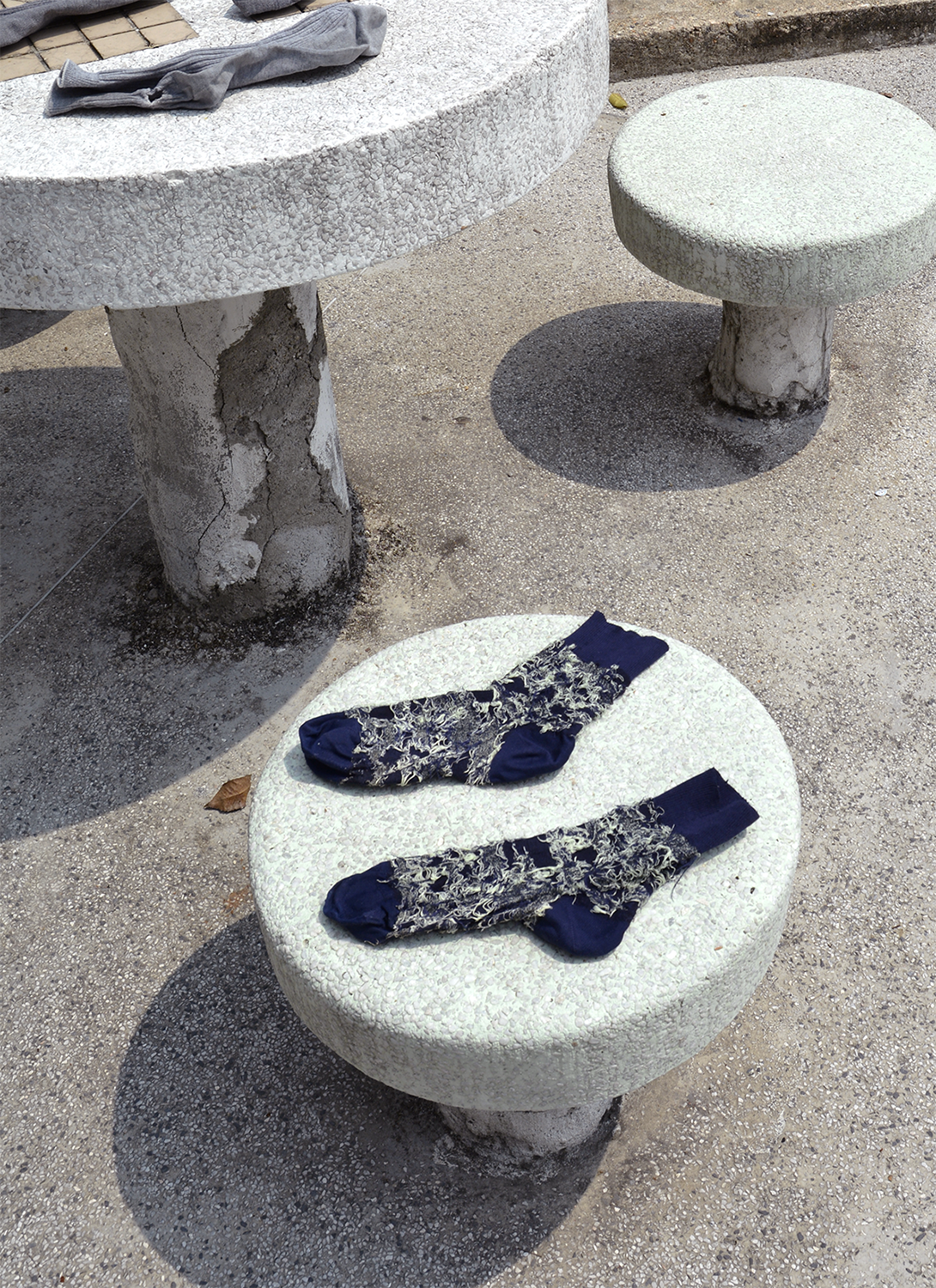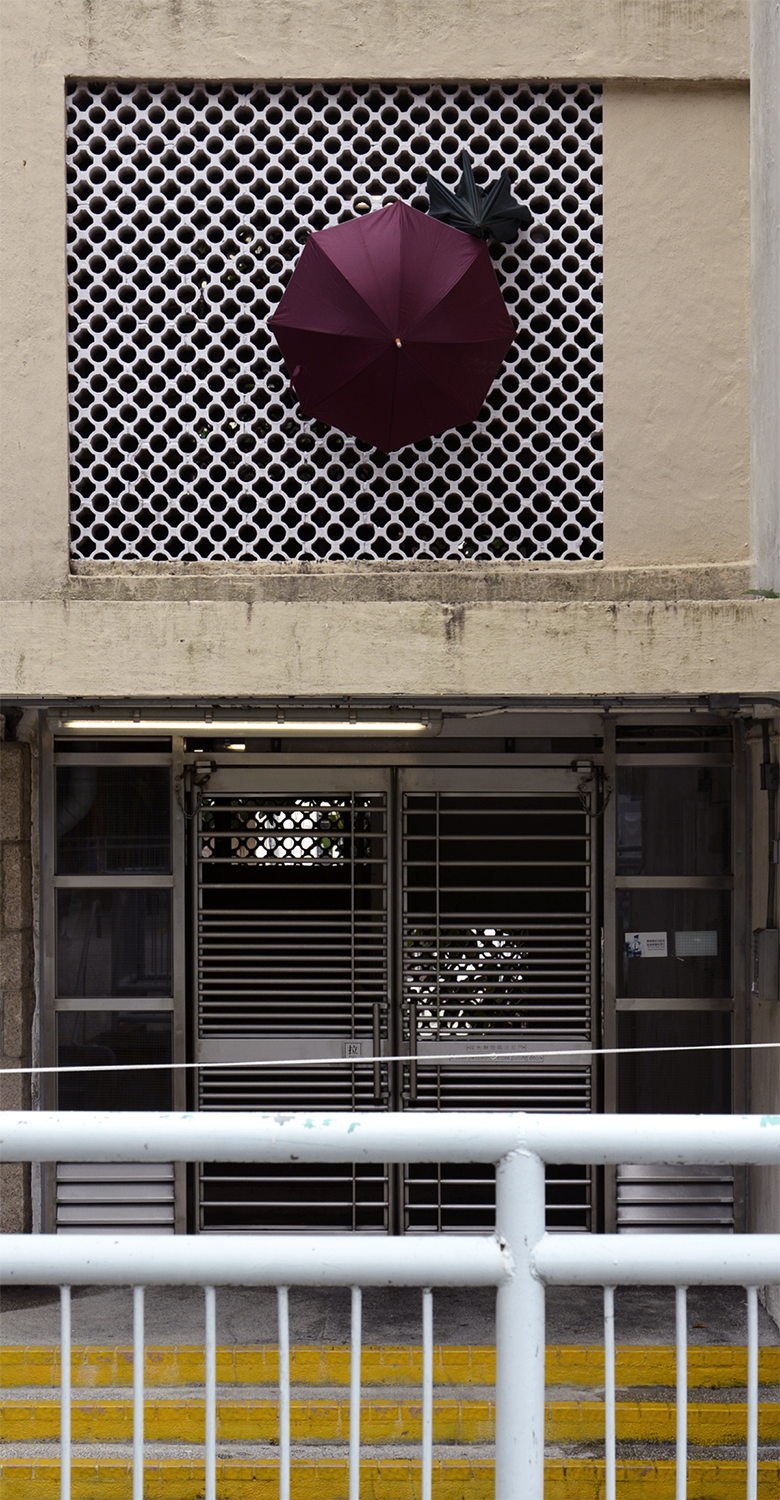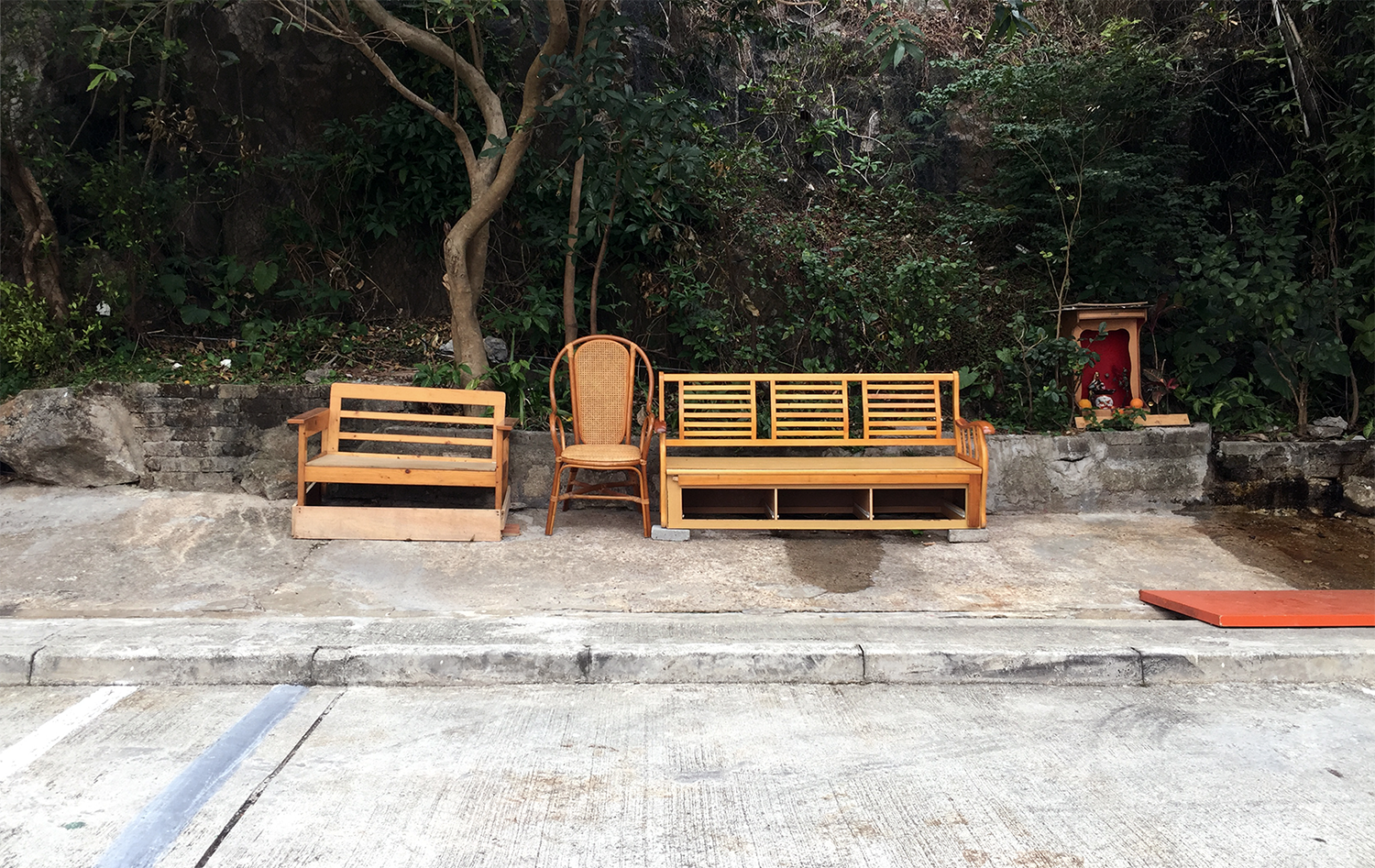Home for Homes -
Public Space in Public Housing Estate
Spring 2018 Landscape Design Studio 3Ivan Valin, Maxime Decaudin
Hing Wah II Estate flat modelled in Sims
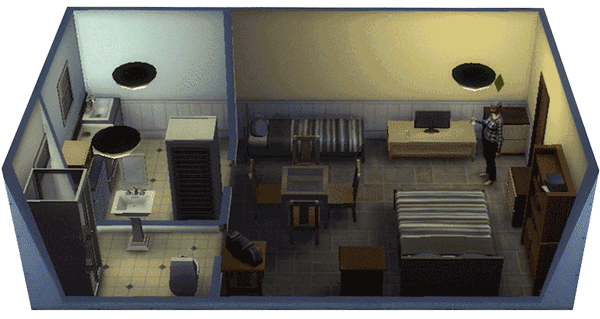
Hing Wah II Public Housing Estate standard flat for a family of 3 modelled in The Sims 4
Key observations:
* Sims spend a great amount of time engaging in both social and personal activities in public spaces.
* Open spaces are used in creative and diverse ways, regardless of indicative facilities and designation.
* The same interactions happening in public space often cause higher "happiness level".
Key observations:
* Sims spend a great amount of time engaging in both social and personal activities in public spaces.
* Open spaces are used in creative and diverse ways, regardless of indicative facilities and designation.
* The same interactions happening in public space often cause higher "happiness level".
Hooba es game
What is game. If the taken-for-granted connotation that is “fun” is stripped off of games, it might be easier for players to see what they are playing with - culture, technology and phenomenon. Video games are an art form (Gee 58). Wittgenstein, German philosopher, could not find a common feature for the objects called “games” (Egenfeldt-Nielsen et al. 32). Some say games are one of the many possible outcomes of technological development (Dovey and Kennedy 15). Put in different contexts, games function more than a pastime and exceeds their developers intention. Take a personally more familiar subject, Landscape Architecture as an example, there is not a single occasion where a design is just a built environment. How benches are distributed on a lawn, whether trash cans should be put under shade and who are the anticipated user groups reflect how the society and economy are like. Games share similar issues. In the way that the question “what is game” is answered, this essay will attempt to answer the questions “what is The Sims”, “how much of it is real life” and “how much of it is design”. The Sims tries to simulate more than the reality. In 1991, Wright’s home in Oakland was destroyed by a fire storm. In the process of finding a new home and rebuilding his life, Wright came up with the idea of The Sims, a virtual dollhouse (Levin). In order to make his dollhouse as close to reality as possible, Wright drew inspiration from social, psychological and architectural theories and consulted three writings. Psychologist Abraham Maslow prioritised human needs and generated a 5-tier pyramid in the paper A Theory of Human Motivation (Selva). With the lower tier of the pyramid satisfied, humans will move on to fulfilling the next tier. At the very bottom is physical needs such as food and shelter. Safety and security needs are one tier above followed by psychological needs like love and esteem. Self-actualization then tops the pyramid. This model explains how The Sims’ wish list works; players cannot start playing without choosing a shelter, the game requires players to feed and shower their Sims (the avatars) regularly, relationships with other Sims are built and career paths are chosen. The second book Maps of the Mind: Charts and Concepts of the Mind and its Labyrinths by psychologist Charles Hampton-Turner maps out how people think (Wilson). In a diagram mapping the paradoxes of creativity, ego-strength contrasts anxiety while rational opposes intuitive. How a genius Sim acts differently from an absent-minded Sim reflects Wright’s reading of the maps. As the game experience is based heavily on houses, the last book A Pattern Language by architect Christopher Alexander explores how smaller spaces make a whole. The book was published when the architectural profession found it increasingly hard to manage spaces. A house in The Sims is typically made up of smaller components like bedroom, kitchen and living room; following the patterns suggested by Alexander. All three writings try to solve or theorize real world phenomenons. By basing The Sims on these theories, Wright was actively trying to emulate reality. Not only was Wright interested in a realistic dollhouse for adults, he also wanted to put players in the role of a designer (Chan 4). In an interview, he expressed that as a game designer he produces a problem landscape and a solution space in which players roam with a set of rules and logical outcomes. In a simulation game where players are designers, the solution space is particularly large so that players can think of solutions that have never been thought of before. Wright believes his job is not to control how the game works but to catalyse creativity. To the creator, The Sims is a virtual experimentation ground for players to design.
From left to right: A Theory of Human Motivation pyramid, Selya. "A Brief History of The Sims Franchise" Odyssey, 23 May 2017; Paradoxes of Creativity, Wilson. "Who is Abraham Maslow and What are His Contributions to Psychology" Positive Psychology Program, 29 Sep 2017; Space arrangements, Alexander. "A Pattern Language", 1977.

From left to right: Same-Sex relationship, Parkin. "The Kiss That Changed Video Games" The New Yorker, 18 June 2014; Gaudet plantation, Petitte. "Taboo unchained: player creates colonial-era plantation in The Sims 3" PC Gamer, 26 Jan 2013.
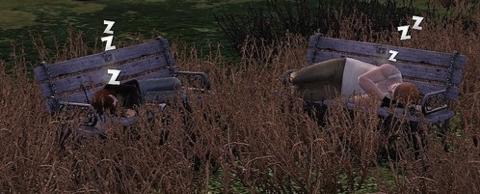
Alice and Kev, Burkinshaw. "Alice and Kev" The Story of being homeless in The Sims 3, 9 June 2009.
Works cited
Burkinshaw, Robin. “Alice and Kev on WordPress.com.” Alice and Kev, 10 Sept. 2010, aliceandkev.wordpress.com/2009/06/09/alice-and-kev/.
Dovey, Jon and Helen Kennedy. Game Cultures: Computer Games as New Media. Open University Press, 2006.
Egenfeldt-Nielsen, Simon, Jonas Smith and Susana Tosca. Understanding Video Games: The Essential Introduction. Routledge, 2008.
Flanagan, Mary and Helen Nissenbaum. Values at Play in Digital Games. The MIT Press, 2016.
Gee, James. Why Game Studies Now? Video Games: A New Art Form. Sage Publications, 2006.
Goodfellow, Troy. “Sims 3 and Religion: The Answer That Isn't.” Flash of Steel, 23 June 2009, flashofsteel.com/index.php/2009/06/23/sims-3-and-religion-the-answer-that-isnt/.
Gross, Terry. “From 'F-Bomb' To 'Photobomb,' How The Dictionary Keeps Up With English.” NPR, NPR, 19 Apr. 2017, www.npr.org/2017/04/19/524618639/from-f-bomb-to-photobomb-how-the-dictionary-keeps-up-with-english.
Harvey, Angie. “15 Crazy Things You Never Knew About The Sims.” TheGamer, 3 July 2017, www.thegamer.com/15-crazy-things-you-never-knew-about-the-sims/.
Isbister, Katherine. How Games Move Us: Emotion by Design. The MIT Press, 2013.
“Learn Simlish.” Sims Simlish, 2010, learnsimlish.blogspot.hk/.
Levin, Elli. “A Brief History of the Sims Franchise.” The Odyssey Online, Odyssey Media Group, 26 Oct. 2017, www.theodysseyonline.com/brief-history-of-the-sims-franchise.
Nguyen, Clinton. “'The Sims' Has Revolutionized Sexuality in Gaming.” Business Insider, Business Insider, 4 June 2016, www.businessinsider.com/allowing-crossdressing-characters-isnt-the-first-way-the-sims-revolutionized-sexuality-in-gaming-2016-6.
Petitte, Omri. “Taboo Unchained: Player Creates Colonial-Era Plantation in The Sims 3.” Pcgamer, PC Gamer, 26 Jan. 2013, www.pcgamer.com/the-sims-3-slavery-plantation/.
Selva, Joaquín. “Who Is Abraham Maslow and What Are His Contributions to Psychology.” Positive Psychology Program - Your One-Stop PP Resource!, 29 Sept. 2017, positivepsychologyprogram.com/abraham-maslow/.
Soret, Olivier. “Convention on the Rights of the Child: the United States Lags Behind.” Humanium • We Make Children's Rights Happen, 4 Oct. 2017, www.humanium.org/en/usa-and-crc/.
Wilson, Brad. “Maps of the Mind.” Open Library, 19 Sept. 2010, openlibrary.org/works/OL3627018W/Maps_of_the_mind.
Dovey, Jon and Helen Kennedy. Game Cultures: Computer Games as New Media. Open University Press, 2006.
Egenfeldt-Nielsen, Simon, Jonas Smith and Susana Tosca. Understanding Video Games: The Essential Introduction. Routledge, 2008.
Flanagan, Mary and Helen Nissenbaum. Values at Play in Digital Games. The MIT Press, 2016.
Gee, James. Why Game Studies Now? Video Games: A New Art Form. Sage Publications, 2006.
Goodfellow, Troy. “Sims 3 and Religion: The Answer That Isn't.” Flash of Steel, 23 June 2009, flashofsteel.com/index.php/2009/06/23/sims-3-and-religion-the-answer-that-isnt/.
Gross, Terry. “From 'F-Bomb' To 'Photobomb,' How The Dictionary Keeps Up With English.” NPR, NPR, 19 Apr. 2017, www.npr.org/2017/04/19/524618639/from-f-bomb-to-photobomb-how-the-dictionary-keeps-up-with-english.
Harvey, Angie. “15 Crazy Things You Never Knew About The Sims.” TheGamer, 3 July 2017, www.thegamer.com/15-crazy-things-you-never-knew-about-the-sims/.
Isbister, Katherine. How Games Move Us: Emotion by Design. The MIT Press, 2013.
“Learn Simlish.” Sims Simlish, 2010, learnsimlish.blogspot.hk/.
Levin, Elli. “A Brief History of the Sims Franchise.” The Odyssey Online, Odyssey Media Group, 26 Oct. 2017, www.theodysseyonline.com/brief-history-of-the-sims-franchise.
Nguyen, Clinton. “'The Sims' Has Revolutionized Sexuality in Gaming.” Business Insider, Business Insider, 4 June 2016, www.businessinsider.com/allowing-crossdressing-characters-isnt-the-first-way-the-sims-revolutionized-sexuality-in-gaming-2016-6.
Petitte, Omri. “Taboo Unchained: Player Creates Colonial-Era Plantation in The Sims 3.” Pcgamer, PC Gamer, 26 Jan. 2013, www.pcgamer.com/the-sims-3-slavery-plantation/.
Selva, Joaquín. “Who Is Abraham Maslow and What Are His Contributions to Psychology.” Positive Psychology Program - Your One-Stop PP Resource!, 29 Sept. 2017, positivepsychologyprogram.com/abraham-maslow/.
Soret, Olivier. “Convention on the Rights of the Child: the United States Lags Behind.” Humanium • We Make Children's Rights Happen, 4 Oct. 2017, www.humanium.org/en/usa-and-crc/.
Wilson, Brad. “Maps of the Mind.” Open Library, 19 Sept. 2010, openlibrary.org/works/OL3627018W/Maps_of_the_mind.
Hing Wah II Estate residents personalizing public spaces
